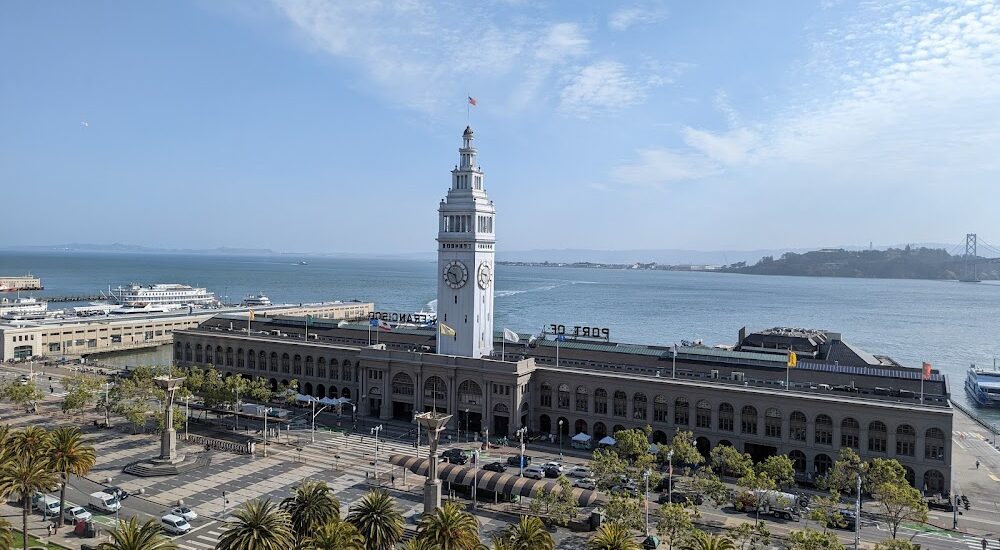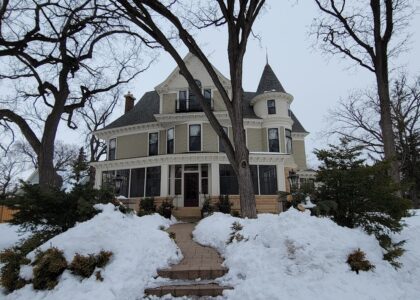Welcome to the San Francisco Ferry Building, a historic landmark that has stood the test of time since its completion in 1898. Designed by American architect A. Page Brown in the Beaux-Arts style, this impressive structure was once the largest project ever undertaken in San Francisco. The building features a 245-foot-tall clock tower, inspired by the Giralda bell tower in Seville, Spain, and is a recognizable feature of the city’s skyline.
At the turn of the 20th century, the Ferry Building served as a vital transit hub, linking San Francisco to the East Bay and beyond. It was the second busiest transit terminal in the world, only surpassed by London’s Charing Cross Station. Commuters arrived here from the East Bay on ferry fleets operated by the Southern Pacific and Key System, with connections to transcontinental rail lines.
Over the decades, the role of the Ferry Building evolved. As the Bay Bridge and Golden Gate Bridge were constructed in the 1930s, ferry traffic diminished significantly. By the 1950s, the building was repurposed for office use, and its grand public spaces were altered. However, in 2002, a significant restoration project revitalized the Ferry Building, restoring its grandeur and transforming the ground floor into a bustling marketplace, where visitors can enjoy artisanal food and local produce.
The Ferry Building has not only served as a transportation hub but also as a cultural and culinary destination. Today, it hosts a vibrant market with local favorites like Blue Bottle Coffee and Cowgirl Creamery. The building’s resilience is notable, having survived both the 1906 and 1989 earthquakes with minimal damage, a testament to its robust construction.
As you explore the Ferry Building, imagine the countless stories of travelers who have passed through its halls, the echoes of ferry horns, and the vibrant life that continues to thrive within its walls.





